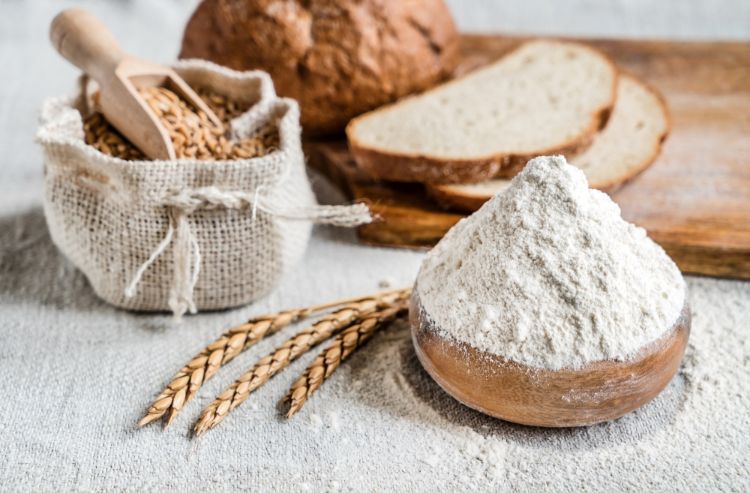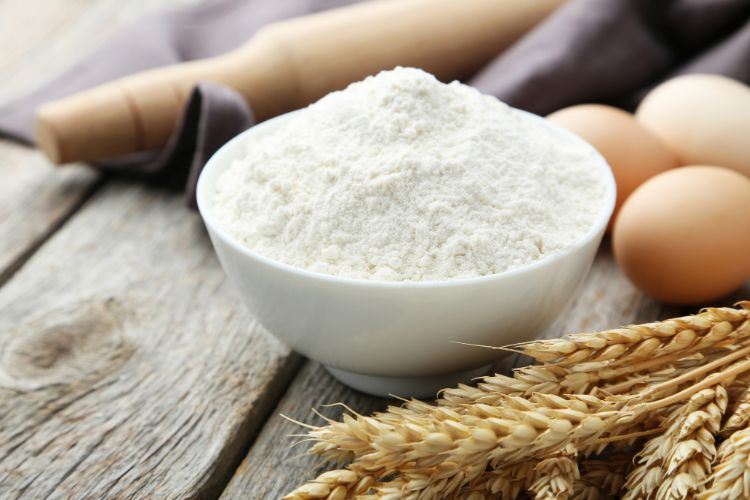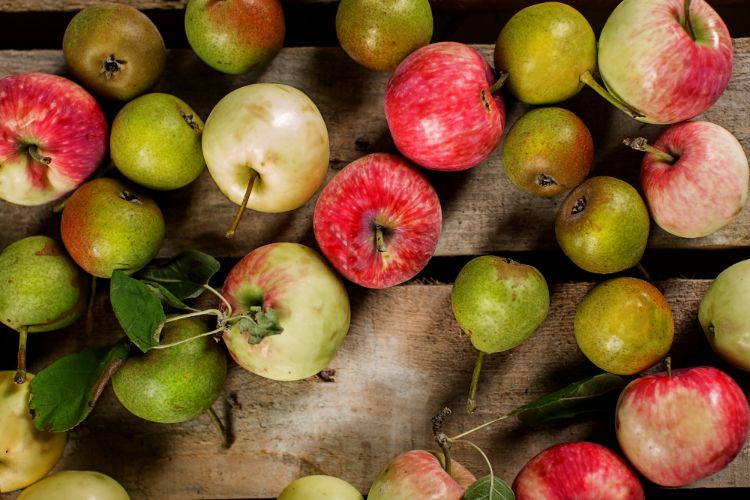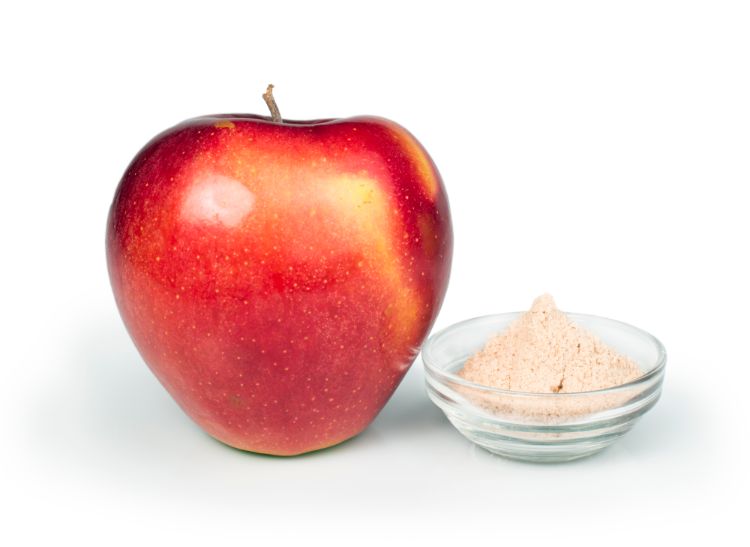What is resistant starch, its beneficial properties and where it is contained
Resistant starch is a special type of starch that has a wide range of useful properties: from normalization of the gastrointestinal tract to reducing mortality from diseases of the cardiological and oncological profile.
This substance is found in many familiar foods that should be regularly included in the diet.
Content
What is this substance?
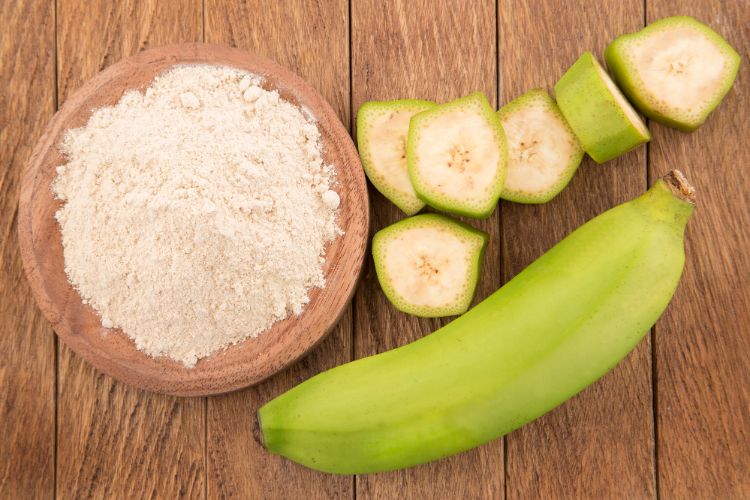
Resistant starch is a type of starch that is completely resistant to the effects of digestive enzymes and is not absorbed by the human body.
It penetrates almost unhindered into the lower parts of the digestive system (colon), where it performs Prebiotic functions &8212; serves as a source of nutrition for beneficial bacteria and maintains an adequate qualitative and quantitative composition of the microflora.
By chemical structure, stable starch is a complex of polysaccharides from alpha-glucose molecules. It is synthesized by almost all plants under the influence of ultraviolet rays of the sun.
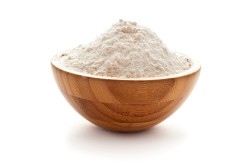 Highlight Several types of resistant starch that differ in chemical structure:
Highlight Several types of resistant starch that differ in chemical structure:
- Type 1. Is completely immune to the effects of digestive juices. It is found in most root crops, cereals and seeds, as well as in legumes.
- Type 2. Can be broken down by the human body only after heat treatment. This type of starch is rich in: raw potatoes, unripe bananas.
- Type 3. Is formed by many starch-rich foods , after heating and subsequent cooling. The main sources are: rice, potatoes, legumes.
- Type 4. is a product of chemical engineering, in most cases it is made from corn and added to semi-finished products to improve the taste properties.
Effect on digestion
 Resistant types of starch are beneficial for the gastrointestinal tract. According to doctors, they are able to:
Resistant types of starch are beneficial for the gastrointestinal tract. According to doctors, they are able to:
- Improve digestion .
- Restore adequate microflora.
- Improve the course of infectious and inflammatory pathologies and prevent their development.
- Improve the efficiency of all enzymatic processes in the lumen of the gastrointestinal tract.
- Inhibit chronic inflammation in the intestinal wall.
The most important value is the maintenance of vital activity of beneficial representatives of the microflora of the digestive tract. Resistant starch by its nature is insoluble fiber , which is fermented and absorbed by microorganisms.
In the course of conducting foreign research has been discovered that the intake of resistant starch leads to an increase in the number of lactobacilli and bifidobacteria. Against the background of regular intake, the absorption of nutrients from food also increases.
According to Australian experts, this type of fiber not only increases the number of beneficial microorganisms, but also improves their living conditions, leading to an increase in their life expectancy.
During the interaction of beneficial microflora with indigestible starch, many biologically active substances are released, the most valuable of which are short-chain fatty acids (especially butyrate).
Butyrate promotes normalization of metabolic processes in the epithelial cells of the large intestine, improves trophism of internal tissues. With the systematic effect of this substance on the stomach wall, there is also a decrease in the risk of developing malignant neoplasms. According to German scientists , this is due to the suppression of chronic inflammation caused by exposure to pathogenic and opportunistic microorganisms, as well as toxic decomposition products of food particles.
American experiments proved that products containing resistant starch in large volumes contribute to the prevention of the most dangerous disease of the digestive system – colorectal cancer.
The next important feature of sustainable dietary fiber is to improve the course and prevent the development of diseases such as ulcerative colitis, Crohn's disease, diverticular disease and diverticulitis, as well as symptomatic constipation or diarrhea.
The mechanism of action is based on the fact that beneficial bacteria (whose numbers are increasing) in combination with butyrate improve the supply of oxygen to the tissues of the digestive apparatus, increase the rate of regeneration. As a result, any inflammatory processes (even of autoimmune etiology) resolve faster, and ulcerative defects are epithelized. The effect has been proven by Australian scientists .
6 more useful properties
 Resistant starch can have an effect on almost the entire body. Here are 6 proven facts about its benefits:
Resistant starch can have an effect on almost the entire body. Here are 6 proven facts about its benefits:
- Weight loss. According to the data scientists from the USA, indigestible fibers increase the production of satiety hormones (glucan-like peptide, peptide YY, leptin), which, by acting on hunger centers in the brain, contribute to the rapid development of a feeling of satiety and reduce cravings for food. According to one study , when adding indigestible starch to the diet for 5 weeks, there is a decrease in body weight by 5.6%, a decrease in the amount of food consumed by 10%.
- Improved absorption of micro- and macronutrients. Against the background of normalization of digestive processes (cleavage and absorption of nutrients) is being registered increasing the bioavailability of calcium, phosphorus, iron, zinc and magnesium.
- Lowering cholesterol in the blood. Spanish scientists claim that resistant starch inhibits the activity of 9 genes responsible for the synthesis of cholesterol and its fractions. As a result, it is noted reduction of total cholesterol in the blood, as well as triacylglycerides, low and very low density lipoproteins. This leads to a slowdown in the formation of atherosclerotic plaques in the walls of blood vessels and prevents deadly cardiovascular diseases (coronary heart disease and myocardial infarction, stroke, etc.).
- Lowering blood sugar levels. According to scientific data , butyrate and a number of other short-chain fatty acids can be absorbed through the portal vein system into the systemic circulation and affect all cells of the human body. As a result, the sensitivity of fat and muscle tissues to insulin increases, and the rate of glucose absorption increases. This feature is extremely important for patients with type II diabetes mellitus.
- Increased immunity. Stable fiber normalizes the course of metabolic processes, reduces the severity of inflammation. The combination of these effects leads to a decrease in the "irritation" of the local departments of the immune system, as a result, it is noted Improving immunity and prevention of a number of allergic and autoimmune disorders.
- Normalization of visual function. Employees of the Shchepens Ophthalmology Research Center (USA) discovered that stable fiber increases the density of photoreceptors (rods and cones) on the retina.
Sources (Table)
The products with the highest content of stable starch are considered below:
| Product name | Approximate substance content (per 100 grams of product) |
| Oatmeal | 14.9 grams |
| Potatoes | 4.2 grams |
| White beans | 3.7 grams |
| Lentils | 2.5 grams |
| Green bananas | 2.3 grams |
| Pasta (pasta) | 1.1 grams |
Daily allowance and admission rules
 The daily allowance of resistant starch for adult men and women is about 15-30 grams
.
The daily allowance of resistant starch for adult men and women is about 15-30 grams
.
It is preferable to obtain this substance from natural products, rather than biologically active food additives and medicines.
In order to maximize the content of indigestible fiber in the daily diet, it is recommended to follow a number of rules:
- Eat porridge based on oatmeal or rice for breakfast.
- Use only whole grain bread.
- There are legumes more often. They go well with any vegetables and herbs, serve as an accompaniment for meat dishes.
- Prepare smoothies or smoothies from unripe bananas and raw potatoes in a blender. It is recommended to take such dishes on a regular basis.
When including indigestible starch in the diet, it must be remembered that it is more contained in raw and chilled foods. Any heat treatment (frying, cooking, stewing, etc.) leads to a change in the chemical structure of the substance and the loss of many useful properties.
Following a diet high in resistant starch is a simple task. It should be borne in mind that its content is much higher in raw products.
Side Effects
 Resistant starch is a completely safe product with adequate consumption (no more than 30 grams per day).
Resistant starch is a completely safe product with adequate consumption (no more than 30 grams per day).
If the norm is exceeded, undesirable reactions may occur:
- Increased gas formation.
- Reduced absorption of protein substances from food.
- Formation of fecal stones that can disrupt the act of defecation and cause constipation.
- Reduction of iodine absorption. With pronounced deviations, functional activity is impaired Thyroid gland .
Conclusion
Thus, resistant starch is a useful substance that has a positive effect not only on the gastrointestinal tract (normalization of microflora; prevention of malignant, autoimmune and infectious–inflammatory diseases), but also on almost all body systems: immune, endocrine, cardiovascular, as well as on the organs of vision.
When consumed, it is necessary to observe the norm (up to 30 grams per day) in order to avoid the development of adverse reactions.

